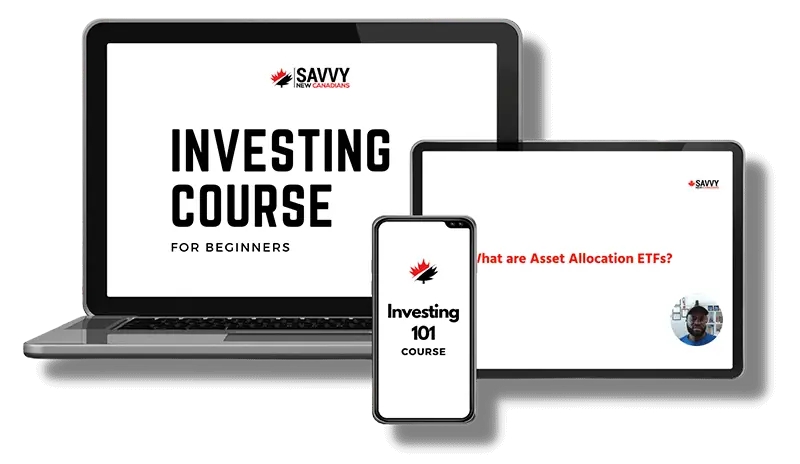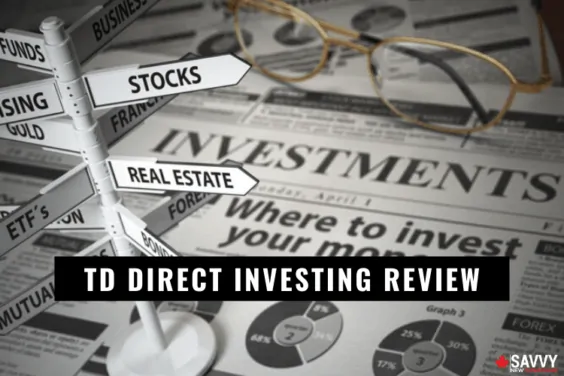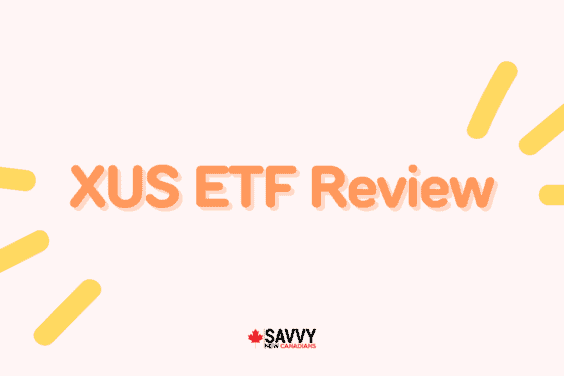William J. Bernstein is not your average financial advisor. A neurologist turned financial theorist, Bernstein has contributed greatly to the empowerment of individual investors who want to take their financial success into their own hands.
In line with other great works by Benjamin Graham, John Bogle, Burton Malkiel, Peter Lynch, and others, Dr. Bernstein’s book – The Four Pillars of Investing: Lessons for Building a Winning Portfolio, is a true classic!
The book is divided into four main sections or “pillars”:
- The theory of investing
- The history of investing
- The psychology of investing, and
- The business of investing.
The Theory of Investing
Here, Bernstein goes over the theory and data relevant to everyday investors.
He notes that in order to understand the markets, you must understand the relationship between risk and return. Risk dictates return – the higher the risk, the greater the expected return and vice-versa. When risk is high, prices are low, and low prices result in higher future returns.
High investment returns cannot be earned without taking substantial risk. Safe investments produce low returns.
Essentially, there’s nothing like safety and very high returns! Beware the Wall Street sharks who may tell you otherwise.
We can estimate the long-term future returns of a stock or bond, however, short-term returns are tied to speculative factors.
The best possible time to invest is when the sky is black with clouds, because investors discount future stock income at a high rate.
Stock-picking and market timing do not work. Managed active mutual funds often deliver below-market returns because of higher costs incurred from MERs, market impact costs, bid-ask spreads when selling/buying, and commissions. According to Bernstein, a random chimpanzee could do better at stock-picking than your fund manager.
Indexing is the most reliable way to achieve a satisfying return.
The History of Investing
The point of this section is this: there is nothing new under the sun. To understand the present, you need to look back at history. Knowledge of financial market history is essential when investing.
The more things change, the more they stay the same. – Alphonse Karr
Bernstein revisits previous market manias and crashes, market behaviour, and the impact of technology on investing. Bubbles are formed following a series of simultaneous events – technological revolution, easy credit, forgetfulness of the last bubble, and poor security valuation.
Will this be the case with cryptocurrencies i.e. Bitcoin, Ethereum, and the likes?
When markets crash, don’t run with the mad crowd and start selling haphazardly. Stay the course and do not dump your initial investment plans. Oftentimes, when everybody is fleeing is the best time to load up on stocks.
The most profitable thing we can learn from the history of booms and busts is that at times of great optimism, future returns are lowest; when things look bleakest, future returns are highest. Since risk and return are just different sides of the same coin, it cannot be any other way.
The Psychology of Investing
Herd instinct, over-confidence, recency problem, the human need for excitement, myopic loss aversion, and other human flaws, doom us to making investing mistakes. As Bernstein aptly puts it: “you are your own worst enemy.”
Avoid the psychological dilemma by using the following strategies:
- Identify the conventional wisdom and ignore it
- Tell yourself this every once in a while:
The market is much smarter than I’ll ever be. There are millions of other investors who are much better equipped than I, all searching for the Financial Fountain of Youth. My chances of being the first to find it are not that good. If I can’t beat the market, then the very best I can hope to do is to join it as cheaply and efficiently as possible.
- Avoid purchasing the best-performers of the last decade. It’s like hopping aboard a train that has almost or already reached its destination.
- Put together a dull and boring portfolio and do not check it often.
- Accept that market behaviour is random and the market cannot be tamed by anyone.
- View your portfolio as one efficient whole system.
Your overall portfolio return is all that matters.
The Business of Investing
In the final section of the book, Bernstein reiterates that your broker is not your friend. They are there to make a living off you, and the same partially goes for the mutual fund industry as well.
Buying the market or indexing is the best way to utilize available market intelligence and information. It’s also a great way to beat the majority of active fund managers.
Almost all apparently successful managers are lucky, not skilled.
Bernstein advises that you should shun the financial media (newspapers, magazines, and TV), and instead read a couple of classics including Common Sense on Mutual Funds by John Bogle, A Random Walk Down Wall Street by Burton Malkiel, Winning the Loser’s Game by Charles Ellis, and a few others.
Ninety-nine percent of what you read in and hear from the financial media is advertising cloaked as journalism.
Manage all your savings and investment accounts as one portfolio, and have one overall asset allocation. He goes further and advises that you take your “human capital” (i.e. job, salary, pension) into account when looking at your overall asset allocation and portfolio diversification.
If you want to retire comfortably, you must save a lot. And you must start very early.
Closing Thoughts
I really enjoyed reading this book and would recommend it to all DIY investors. On a scale of 1 to 5, I would give the book 5 stars – it does what it was meant to do, which is to get you thinking and able to make better-informed decisions about your investments.
To summarize the book, I defer to the insightful wisdom of Dr. Bernstein:
With relatively little effort, you can defer and assemble an investment portfolio that, because of its wide diversification and minimal expenses, will prove superior to the most professionally managed accounts. Great intelligence and good luck are not required.
Related Posts







Hey Enoch,
I really enjoyed reading the Four pillars of investing .Totally agree 5 stars.
@Steve: Yes, It’s a great book indeed!
Hey Enoch,
“Essentially, there’s nothing like safety and very high returns! Beware the Wall Street sharks who may tell you otherwise”.
I remember I used to watch this show about scammers all the time, “American Greed”. This is exactly what they do: promise outrageously high returns for zero risk. Like the saying goes, if it’s too good to be true, it’s probably not true.
Cheers,
Miguel
@Miguel: Absolutely! If making ridiculously high returns with zero/low risk was the norm, the lucky guy/firm with such valuable knowledge/secret would not share it…they won’t beg you to bring your funds, it will be their best-kept secret, and they will gladly take it with them to their grave. LOL